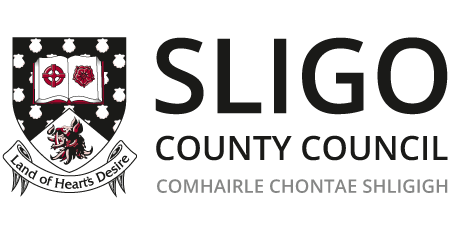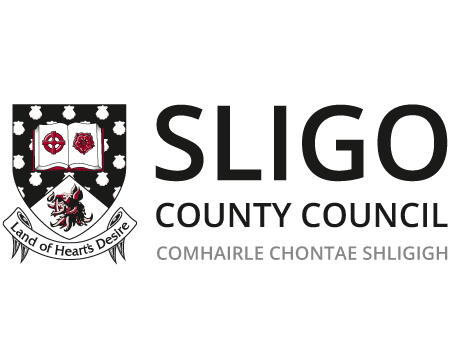A Brief History
Sligo County Council - A Brief History
The first meeting of Sligo County Council was held in the Grand Jury room, Sligo Courthouse on April 22nd 1899. P.A. McHugh was the only nominee for Chairman, and the record shows that he ‘took the chair amidst great acclamation’ John O’Dowd was unanimously elected Vice-Chairman. The ‘Sligo Independent’ reported the historic meeting as follows: ‘It is gratifying to be able to say that their deliberations were conducted with becoming decorum. If the Council acts with wisdom and prudence, and attend to local affairs, the affairs of the county should progress.’
Five months after his election, P A McHugh resigned the Chairmanship due to the pressure of Parliamentary duties, with the mantle passing to John O’Dowd.
The first election under Proportional Representation was held on May 29th 1920. For this election the nineteen electoral divisions were replaced by four electoral areas: Ballymote (6 seats), Dromore (4 seats), Sligo (6 seats) and Tubbercurry (4 seats). All twenty seats were won by Sinn Fein candidates, and the first meeting of the ‘Republican’ County Council, as it was called, was held on 21st June 1920 and John J Clancy was elected Chairman.
Rural District Councils, established under the Local Government Act of 1898, were abolished under the Local Government Act of 1925 and their functions were transferred to the County Council. The 1925 Act increased the elected membership from 20 to 28: Ballymote (8), Dromore (6), Sligo (8), including the Borough, Tubbercurry (6). Four candidates elected in 1925 would go on to represent Sligo in Dáil Éireann…. Eugene Gilbride, John Hennigan, Martin Roddy and Patrick J Rogers.
Under the Management Act of 1940, some counties, including Sligo and Leitrim, were grouped together for administrative purposes. In 1942 each of the electoral areas lost a seat, reducing the council to twenty four. members.
Under the Health Act of 1970 County Councils ceded their health functions to newly established Regional Health Boards. Local Health Committees were formed with three Councillors from each electoral area.
There was a revision of electoral areas in 1974 arising from population decline, with Dromore and Tubbercurry Electoral Divisions each reduced by one seat. The representation of the Sligo electoral area increased by two, leaving the number of seats on the Council unchanged at twenty four. Following the Local Government (Re-organisation) Act, 1985 representation on the Council was increased by one to twenty five.
In 1976 the functions of the County Councils were arranged into eight programme groups, and in 1999 the establishment of Strategic Policy Committees was one of a series of measures introduced under the process of Local Government reform.
For two centuries the County Courthouse served as the administrative centre for County Sligo, initially for the Grand Juries and since 1899 for the County Council. In May 1979 Sligo County Council convened its last meeting in Sligo Courthouse; it was held in the Grand Jury Room, the same venue at the first Council meeting in 1899. In June 1979 County Hall, Riverside, became the administrative headquarters of Sligo County Council.
Extract from Sligo County Council’s Centenary Record (John C McTernan)

